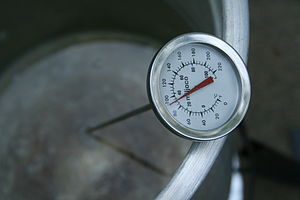Welcome to Really Simple Statist
Welcome to Really Simple Statistics (RSS). There are lots of places online where you can ponder over the minute details of complicated equations but very few places that make statistics understandable to everyone. I won’t explain exceptions to the rule or special cases here. Let’s just get comfortable with the fundamentals.
Ready? Today we tackle interval data. Unlike nominal data which has no real relationship with numbers, and ordinal data which shows orders among numbers, interval data can show specific relationships among numbers.
Examples of interval data include:
- Yesterday is exactly one day away from today and exactly two days away from tomorrow. A day is the same no matter which day of the week you look at. But, you can’t say that tomorrow is twice as far from yesterday as it is from today. (Woh! That’s confusing!)
- 20 degrees Celsius is exactly one degree different from 21 degrees and exactly 10 degrees different from 30 degrees. A degree is the same no matter where you measure it. But, you can’t say that 30 degrees is 50% hotter than 20%.
The important distinction with interval data is this:
- The numbers have real meaning
- The numbers have a real order
- The differences between the numbers are measurable
And that’s all there is to it!
Image via Wikipedia
